News
Jul 03,2025
By:Shinging
The general populace frequently uses specific substances and materials as if they were the same, even when they have different meanings. A perfect illustration of such a duo is steel and metal. Even though numerous individuals believe these terms are synonymous, several important distinctions are worth noting.
A key difference is that steel is an alloy rather than a naturally occurring substance. The World Steel Association describes steel as “an iron-carbon alloy with less than 2% carbon and 1% manganese, along with minor quantities of silicon, phosphorus, sulfur, and oxygen.”
Even within a professional industrial setting, there can still be a significant amount of confusion regarding this issue. This poses a risk, since particular electrical enclosure units need to be appropriate for their contents and the surrounding environment.
Steel or metal enclosures should be properly selected by experts who comprehend the possible safety implications of their tasks. This relates to the essential understanding of the differences between metal and steel. This guide will update you on all the distinctions between the two materials and clarify how to utilize that knowledge when installing electrical enclosures.
Explore Shinging's Range of Stainless Steel Enclosures Here
Why Is Recognizing the Distinction Important?
Not all electrical enclosures are identical. The effectiveness of a unit is determined by the materials used in its creation and various factors of its production. Typically, you can gauge the appropriateness of an enclosure for a specific task by considering the material from which it is constructed. Steel and metal are by far the two most commonly used materials in the industrial enclosure process.
comprehending metal and steel
Understanding the distinction between these two materials will simplify the process of selecting and maintaining your enclosure. Grasping how effectively metal and steel withstand various weather conditions and respond to other environmental elements is crucial for installing the appropriate units for the specific task.
Comprehending Metal
Metals are substances that are easily conductive and thermally conductive. They often exhibit luster when polished or broken. If you remember studying the periodic table in science class, you may recall some common metals such as copper, magnesium, and zinc. Observe, there are various metals, each with different characteristics and features. This represents a significant difference between metal and steel. Metal is a general term.
Grasping Steel
Steel consists of iron and other elements. Alloys are altered forms of elements, so their characteristics can vary significantly. Steel consists of iron with increased levels of carbon as an enhancement. Steel generally consists of 0.5% to 1.5% carbon in its composition, along with lesser quantities of manganese and other components. Carbon can only be introduced after eliminating all impurities from the iron sample. Natural iron ore has small quantities of other elements, like phosphorus, which significantly influence how the material responds to different stimuli.
Why Is Carbon Included in Steel Production?
The main reason carbon is introduced to iron is to significantly enhance the strength of the resulting material. Steel has swiftly grown to be a preferred choice for architects and construction teams involved in designing and erecting bridges, buildings, and various structures. The enhanced strength also positions it as an ideal choice for electrical enclosure units.
key factors that enclosure
The Primary Factors That Influence the Choice of Enclosure Material
The simplest method to select the right enclosure is to evaluate several key factors. Evaluate the advantages and disadvantages of every material based on these factors.
Environmental Conditions
Assess whether the enclosure is in close proximity to any dust, vapors, liquids, gases, or other contaminants that may frequently come into contact with the equipment surface. This is important because certain metals are more prone to corrosion or react differently with these substances. Consider all potential scenarios that the cabinet needs to withstand. If the enclosure is located outdoors and cannot be kept dry, please consider using one of our waterproof boxes to protect it from rainwater and other liquids.
Robustness and Longevity of the Unit
The enclosure must stay securely in position to protect the items within. The initial task is to assess the weight of all items intended for the enclosure. If you require raw strength, steel will nearly always prevail because of its higher weight capacity. An example of a robust unit is the enclosure Hinged Junction Box. Observe the design of stainless steel combined with polycarbonate that withstands impacts.
The Opportunity for EMI and Additional Signals
Electromagnetic interference produces an unusual impact on various kinds of devices usually contained within an enclosure. Metal enclosures provide a certain level of resistance to radio waves and other electromagnetic signals that come too near to the sensitive items contained within. The appropriate enclosure will prevent delicate equipment from failing or being damaged by excessive levels of electrical output.
Outdoor terminal enclosure for telephone wires
Weather and Climate 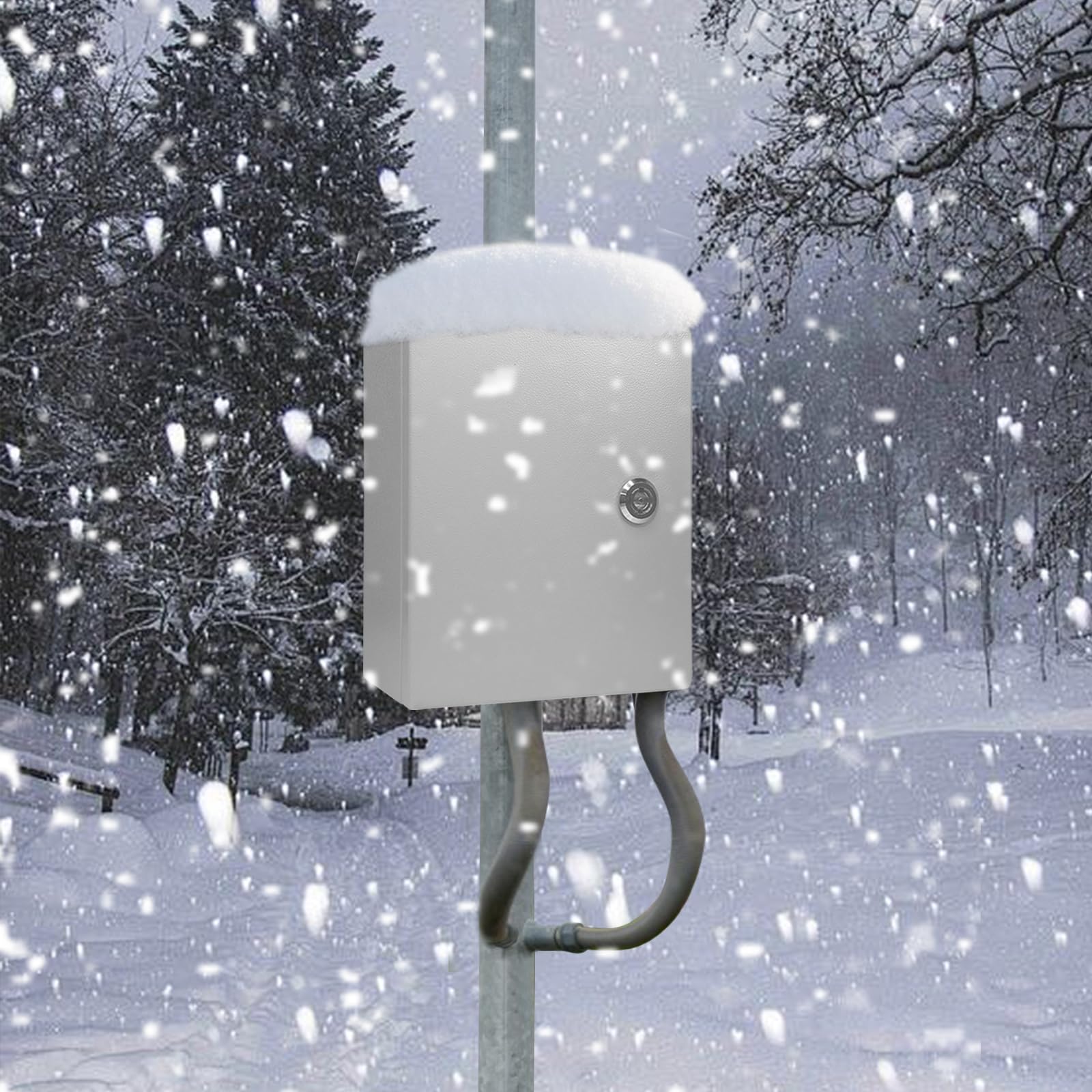
Do the contents of the enclosure need consistent heat transfer among various components? Certain metals transfer heat efficiently and draw it away from the parts contained within the enclosure. Aluminum and copper are recognized for their capacity to transfer heat. If you're enclosing an object that produces heat, this can decrease the temperature as the heat radiates through the metal.
To maintain the contents at a more stable temperature, particularly in very hot or cold conditions, you may need an enclosure made from a poor heat conductor, like steel. For a material that won't oxidize or rust, think about using a stainless steel enclosure.
Plans for Future Modifications
At times, adjustments are necessary for a current junction box or enclosure. Regardless of whether it requires regular upkeep or you intend to relocate the unit entirely, preparing in advance will prevent future troubles. Steel is denser and more difficult to transport. Nonetheless, creating exact holes and incorporating cutouts in steel is significantly simpler than with different kinds of metal. Think about the adjustments required in the next decade before selecting your material.
How Effectively Do Metal or Steel Conduct Electricity?
Certain metals, including silver, copper, and aluminum, exhibit excellent electrical conductivity. Though excellent for wiring, metals might not be ideal for housing electrical components. Certain grades of steel provide significant resistance to electrical conduction. No matter the metal type, if the junction box or enclosure has electrical parts, ensure the unit is grounded to prevent injuries.
Examine Shinging's Extensive Selection of Metal Enclosures
Several Frequently Utilized Materials for Enclosures
Various types of materials are frequently mentioned when discussing enclosures in the industrial sector. Shinging provide enclosures crafted from a range of metals and alloys, including diecast aluminum, extruded aluminum, carbon steel, and stainless steel. Discover additional information about these materials by reviewing the list provided below:
frequently utilized substances for enclosures
Several Frequently Utilized Materials for Enclosures
Steel with a high carbon content
Shinging's carbon steel boxes are appropriate for both indoor and outdoor applications. This economical material is suitable for various settings. It is extremely resilient and can accommodate electrical devices.
Type 304 Stainless Steel
This variety is very resilient to all types of acids. Containing 18% chromium, type 304 resists corrosion effectively even under constant water pressure. This makes type 304 steel ideal for commercial kitchens and other food storage areas that require thorough cleaning with strong chemical sprays.
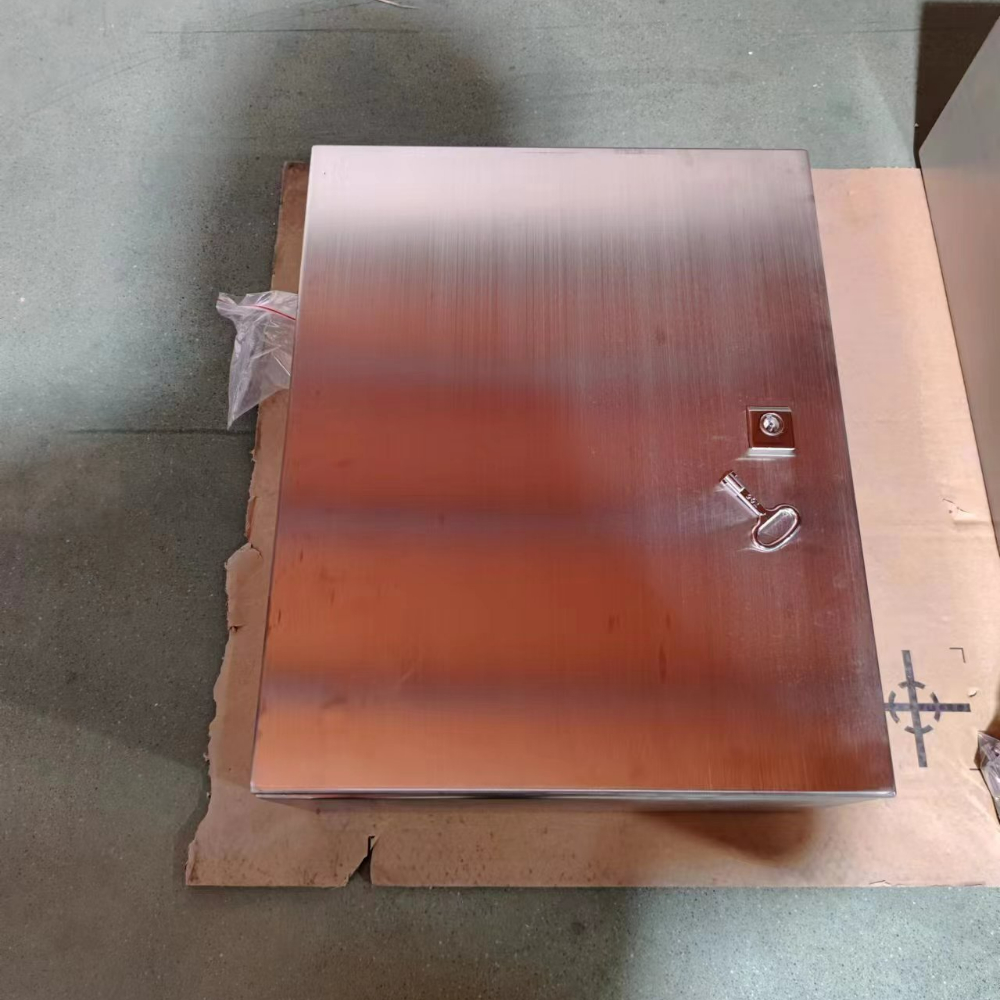
Polycarbonato
Although it isn't a metal, polycarbonate is a highly resilient substance utilized in many of Shinging's enclosures. It is capable of enduring strong impacts while also allowing for easy alterations with holes and cutouts. These shells can remain in the sun for extended durations without suffering from ultraviolet harm. Polycarbonate plastics typically exhibit strong resistance to harsh weather conditions as well. It is likewise a non-conductive substance. These characteristics together result in polycarbonate enclosures having an exceptionally extended lifespan, even when placed outdoors in tough conditions.
Aluminium
Shinging provide diecast and extruded aluminum casings, both ideal for accommodating electrical devices. Certain diecast enclosures Shinging offer are waterproof and suitable for both outdoor and indoor use. Aluminum enclosures that are extruded are lightweight and feature internal slots, allowing for easy insertion and removal of equipment.
outdoor electrical outlet cover
Consistently Verify the Safety Regulations
It's essential to consult the official safety guidelines provided by the National Electrical Manufacturers Association (NEMA) prior to choosing your enclosures. By adhering strictly to the printed guidelines, you can ensure that you utilize suitable materials consistently. Ensure everyone's safety by verifying the established standard.
Always Make the Correct Decision
You need to ensure the right choice for every electrical enclosure placed under your oversight. Initially, you must evaluate the surroundings where the enclosure will be situated. Through examining the factors mentioned previously and adhering to NEMA’s established standards, one can assess whether steel or an alternative metal or nonmetal is best suited for enclosures in your setting.
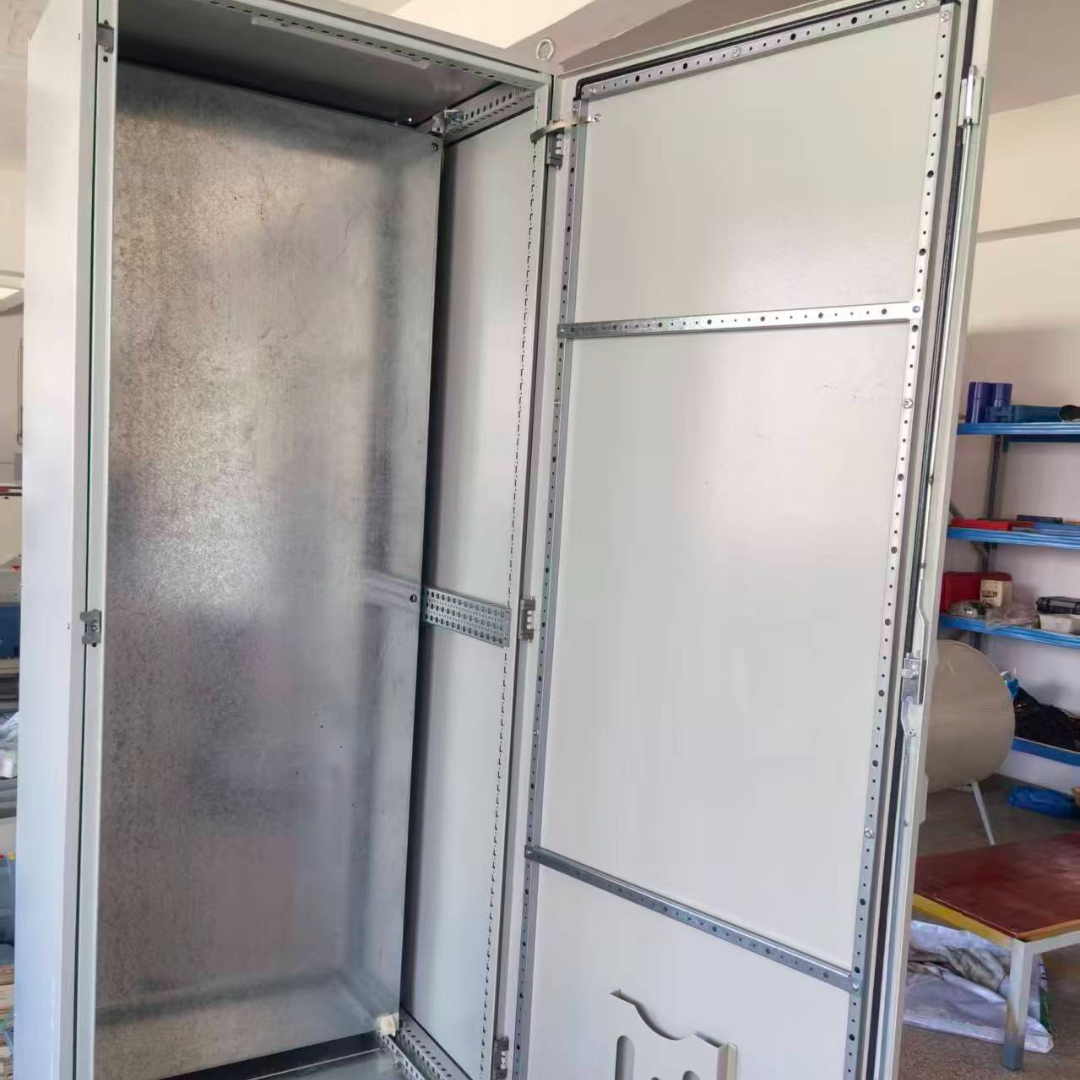
The evolution of the Electrical panel cabinet Enclosure is crucial in promoting industrial automation, power distribution, and facility management. Mo...
Dec 27,2025 / Industry news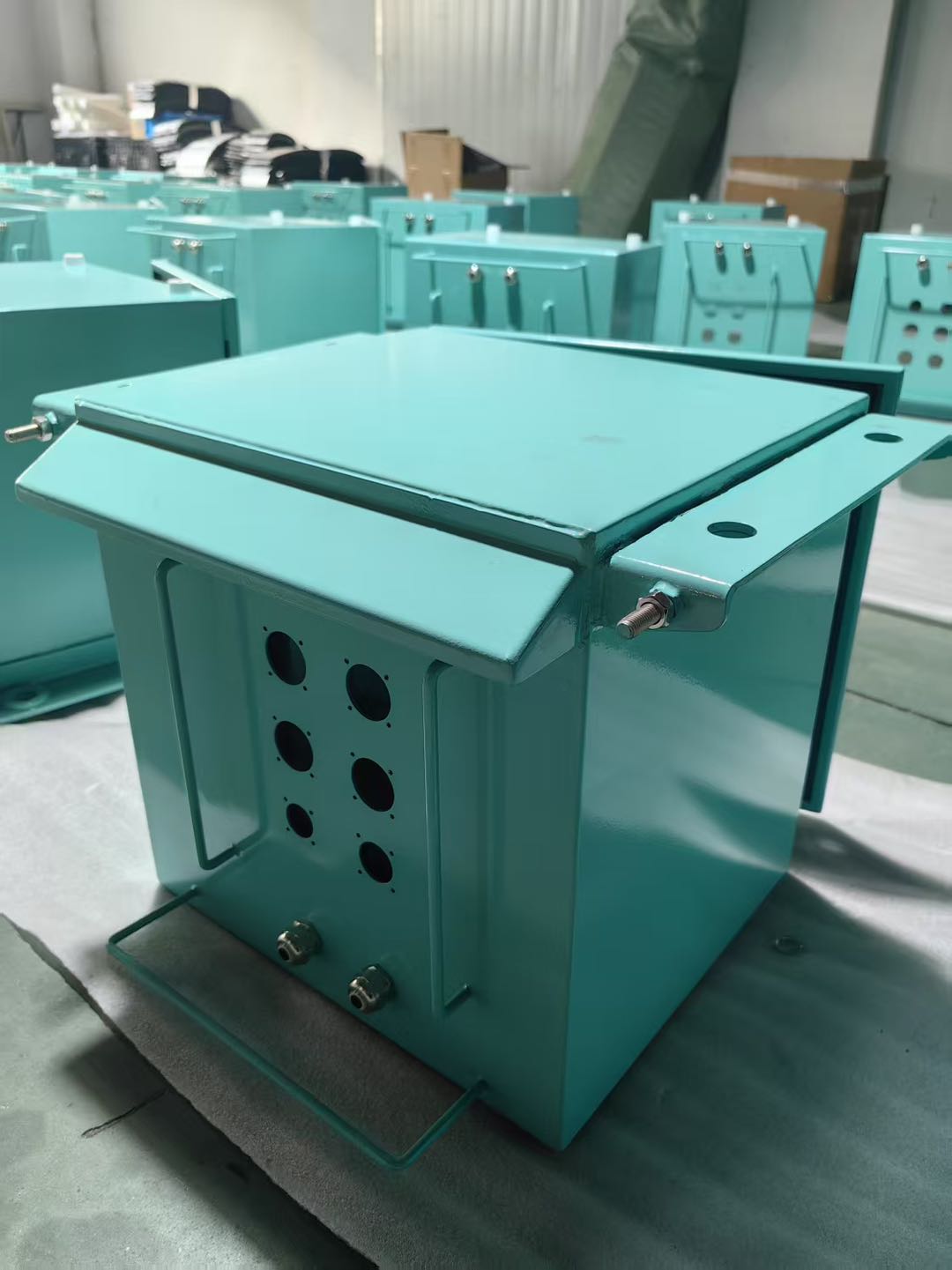
As solar energy systems become an indispensable part of sustainable business operations, the demand for reliable Battery storage enclosure Enclosure i...
Dec 22,2025 / Industry news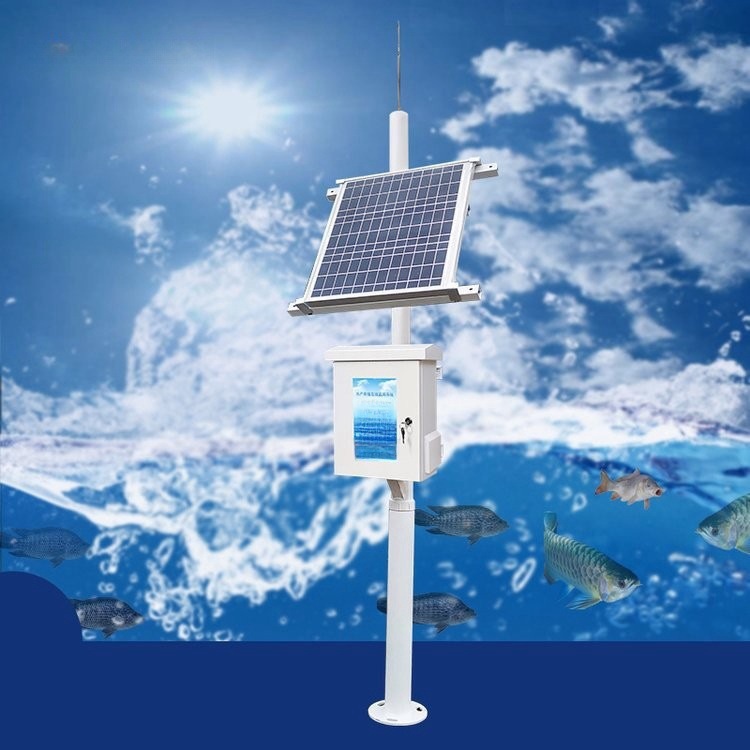
The global shift towards renewable energy has made solar energy the cornerstone of sustainable infrastructure. For commercial professionals supervisin...
Dec 18,2025 / Industry newsOnline

Provider of Complete Metal Manufacturing Solutions
+86 18939857433
1188 Jiu Ye Road, Shanghai, China
11561 N Lamar Blvd,Austin,Texas,United States of America,78753
Gyeongin-ro 56-gil 8, ,3F jjbeauty,Guro-gu,Seoul,Guro-gu,Seoul,Republic of Korea
Top
Copyright © 2025 Shinging Technology Co., Ltd.,
Power By Bontop